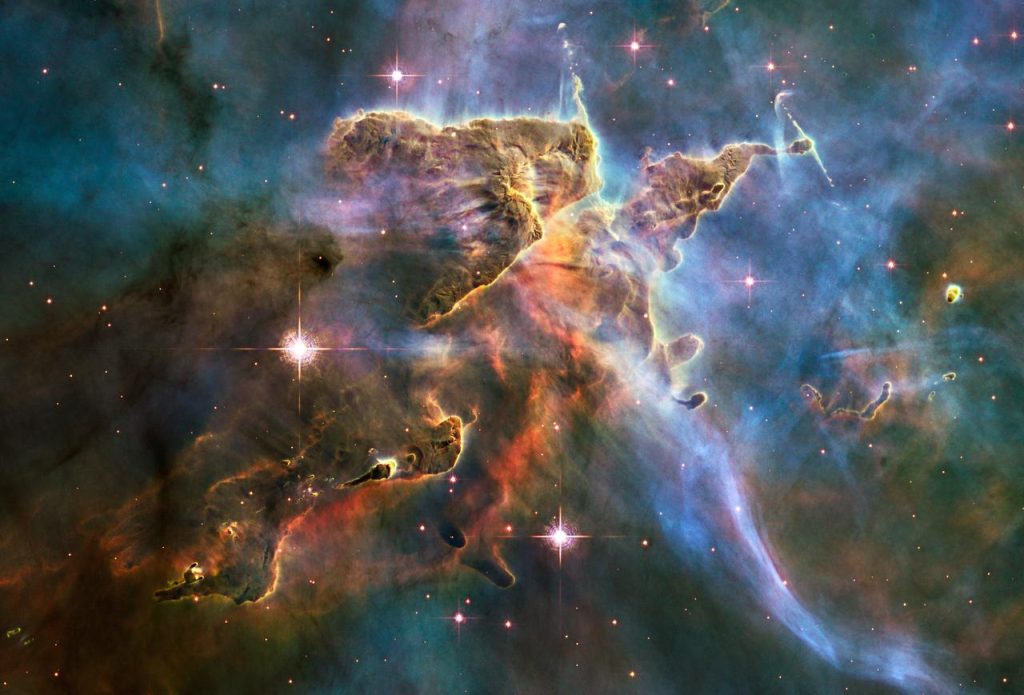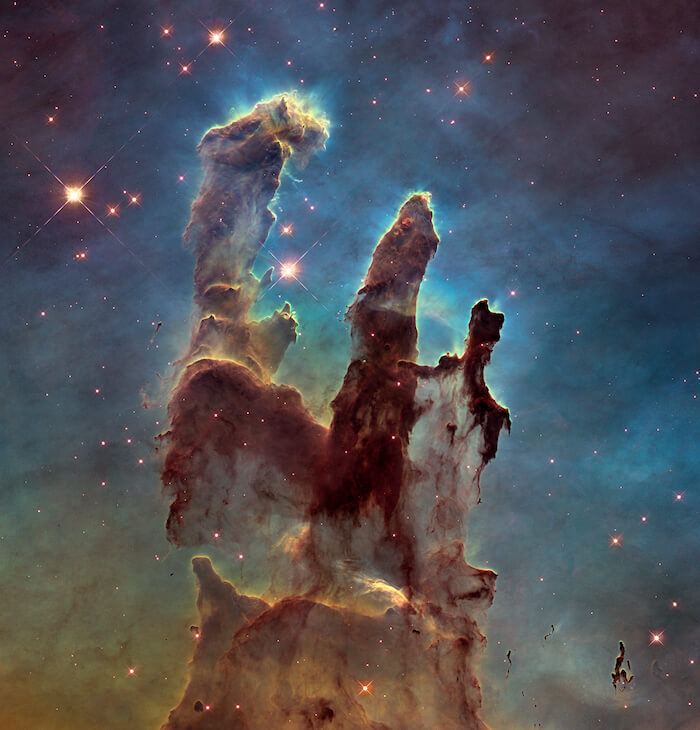What are Nebulae and How They Form?

In space, a nebula is a huge cloud of gas and dust. Some nebulae, including multiple nebulae, are made of gas and dust that have been released from the explosion of a dead star called a supernova. There are other nebulae that are star-forming regions.
In space, a nebula is a huge cloud of gas and dust. Some nebulae, including multiple nebulae, are made of gas and dust that have been released from the explosion of a dead star called a supernova. There are other nebulae that are star-forming regions. This is why some nebulae are referred to as "star nurseries."
How do stars form in a nebula?
Dust and gases, primarily hydrogen and helium, make up nebulae. Although the dust and gases in a nebula are widely dispersed, gravity can start to gradually gather some of the dust and gas clumps. These clusters' gravitational pull increases as they become larger and larger.

These towers of cosmic dust and gas make up part of the Eagle Nebula. These so-called Pillars of Creation are part of an active star-forming region within the nebula. Credits: NASA, ESA and the Hubble Heritage Team (STScI/AURA)
The mass of gas and dust eventually grows so large that it is forced to collapse by gravity. The material in the cloud's core heats up as a result of the collapse, and this hot core is the start of a star.
Where are nebulae?
The region between stars, or interstellar space, is where nebulae are found. The Helix Nebula is the nebula that is known to be the nearest to Earth. It is the charred remains of a dying star, perhaps one similar to the Sun. Nearly 700 light-years separate it from Earth. That implies that it would still take 700 years for you to arrive there even if you could travel at the speed of light.
How do we know what nebulae look like?
Strong telescopes are used by astronomers to capture images of distant nebulae. Many photos of distant nebulae have been taken by space observatories including NASA's Hubble and Spitzer space telescopes.

This image might look like a creepy eyeball, but it's actually a nebula! NASA's Spitzer Space Telescope captured this image of the Helix Nebula, which is located in the constellation Aquarius-about 700 light-years away from Earth. Credit: NASA/JPL-Caltech/Univ. of Arizona